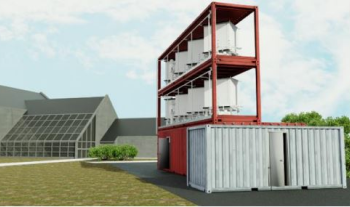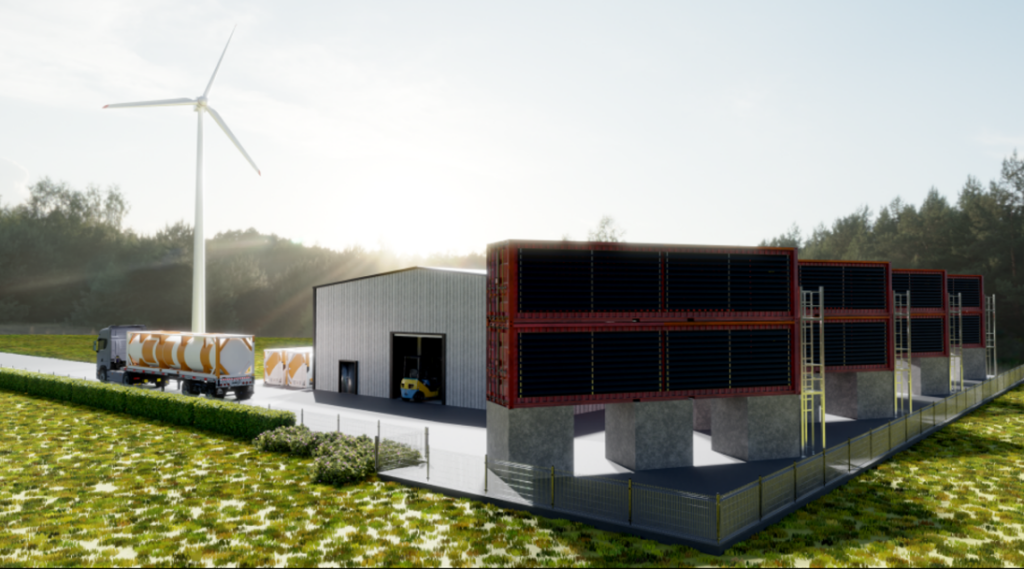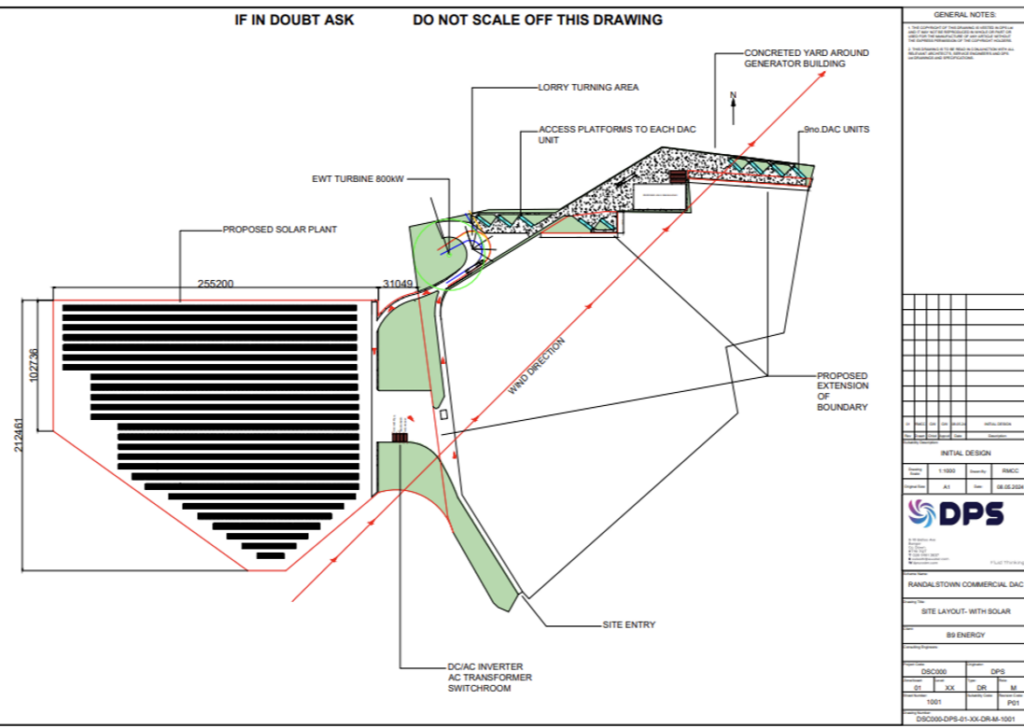SmartDAC: Direct Air Carbon Capture

@transportgovuk
@InnovateUK
#UKSHORE
#Maritime2050
#FutureofTransport



SMART-DAC (Direct Air Capture) step by step process in simple terms
General
SMART-DAC is a new type of machine for extracting and capturing CO2 from the atmosphere so it can be used in the food industry or for synthesis of alternative fuels such as e-methanol, e-kerosene and/or e-diesel.
The novel process aims to capture CO2 directly from air using a two-step process:
• Absorption: CO2 absorption from air using membrane gas absorption (MGA) and concentration of the very pure captured CO2,
• Regeneration:
of the absorbent by membrane electrolysis (ME) / electrodialysis (ED). To improve on overall effciency, natural wind circulation will be used rather than forced draft fans to provide the flow of air that passes through the membrane assemblies. Power, in the form of preferably green electricity from wind and solar PV, will be required to drive the regeneration process of the saturated absorption material.
How does the membrane gas absorption work?
MGA uses a membrane to separate the absorption liquid (which is circulated through the membrane) from the air while it passes through the membrane assembly. Only CO2 gas from the air will move through the membrane material where it becomes absorbed into the circulating liquid which then becomes a carbonate/bicarbonate solution (also water based). CO2 therefore undergoes a mass transfer between the gas and liquid phases.
How does the regeneration work?
The captured CO2 is temporarily ”stored” in the absorption liquid. In the regeneration step, the (bi)carbonate, which formed in the MGA section and contains the stored CO2, is converted back to the original quality absorbent with 100% reuse. At the same time, the liberated CO2 gas is concentrated and made available for further processing. The aim is to either compress or liquify the CO2, exact specification is still being determined, and store it temporarily in cylinders for dispatch to sequestration sites or use as green CO2 in the food industry
and/or synthetic fuel production.



